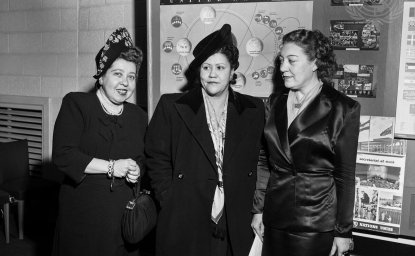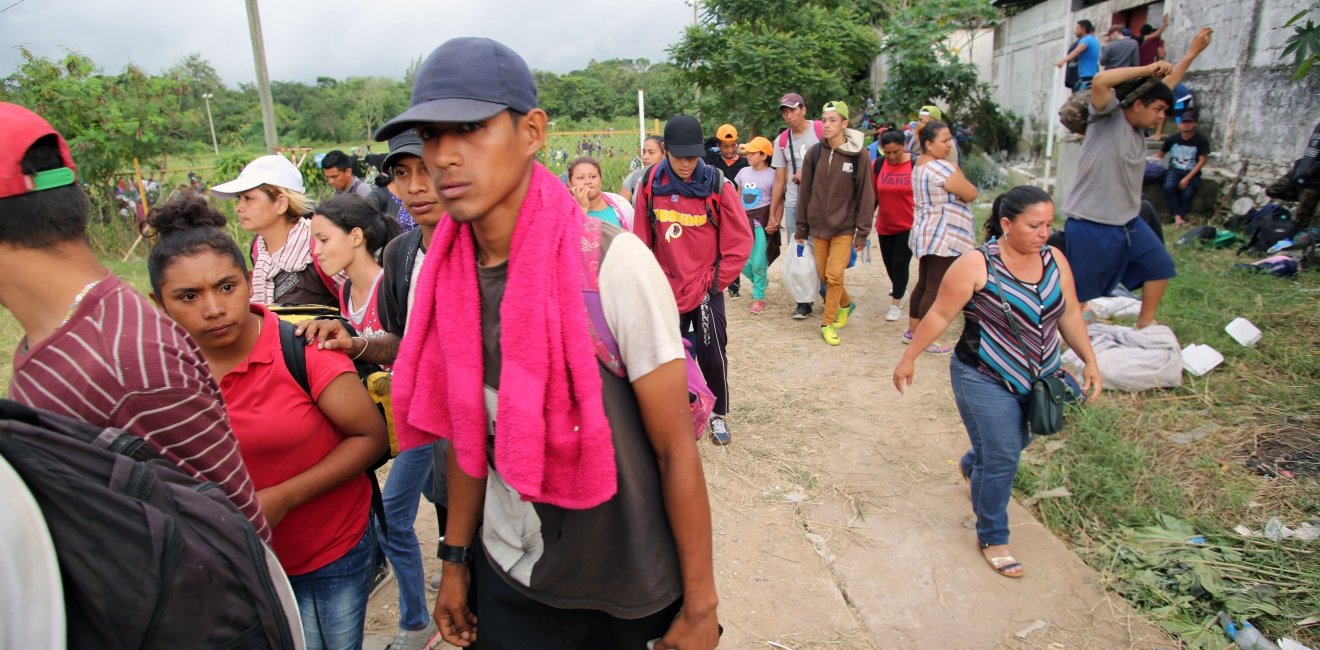
A blog of the Latin America Program
In December 2024, Donald Trump announced plans to initiate the largest deportation campaign in American history. So it was perhaps not surprising that Secretary of State Marco Rubio’s first international trip was to Panama, El Salvador, Costa Rica, Guatemala, and the Dominican Republic. After all, most undocumented migrants in the United States arrived from Latin America.
President Trump has also turned his attention to this region. In his first weeks in office, he has suggested the United States should retake the Panama Canal and threatened tariffs against Colombia and Mexico, setting a confrontational tone to US relations in the Americas. Among his first actions since returning to the White House, he has taken steps to accelerate deportations, build a border wall, and tighten asylum rules.
Yet the ambitious strategy for reducing migration has a serious flaw, overlooking the drivers of migration from the region. It is hard to imagine long-term success unless the US approach does not only secure the border, but also reduces the struggles that drive so many Latin Americans to leave their communities every year.
Root Causes
So far, the second Trump administration’s immigration policies focus almost exclusively on enforcement. Its sharp reductions to foreign aid, meanwhile, have imperiled the targeted interventions to reduce migration by addressing its so-called root causes, including democracy and human rights concerns, insecurity, and underdevelopment.
The largest group of migrants are Mexicans, followed by Venezuelans, Haitians, Cubans, and Central Americans. Many do not cross the border in search of prosperity, but rather to flee threats to their survival and to their children’s happiness. Greater border security will do nothing to address these conditions, including high unemployment, low wages, and limited access to education and healthcare.
To fix those problems, the United States must work with governments in the region and local civil society organizations to reduce violence, fight corruption, create jobs, and build resilience to climate change–policies that would reduce migration and contribute to regional stability.
Ceasefire
Admittedly, the list of “push factors” is long and several of the challenges, such as climate change, are unlikely to interest the new US authorities. For that reason, perhaps the best place to start would be improving security by strengthening criminal justice systems. The Trump administration could help increase law enforcement capacity, confront gangs and traffickers, and professionalize judicial systems. It could also encourage reforms that would reduce corruption and limit the influence of organized crime on government decision making.
“The best place to start would be improving security by strengthening criminal justice systems. The Trump administration could help increase law enforcement capacity, confront gangs and traffickers, and professionalize judicial systems.”
The new administration might also consider reviving efforts from Trump’s first term to drive private investment to Central America. Many Central American migrants come from rural areas with few decent jobs and poor education and healthcare. By spurring economic development, especially in the agricultural sector, the United States could reduce the desperation that drives migration.
Having again withdrawn from the Paris Agreement, the United States is unlikely to acknowledge the impacts of climate change in Latin America. Nevertheless, it will be hard to deny the role of climate in the regional migration crisis, as storms, floods, and droughts devastate communities and displace residents in search of food and water. US investment could help a great deal, funding infrastructure projects that improve resilience to natural disasters, such as flood defenses and better water management.
If You Don’t Build It, They Will Come
For now, however, US migration policy does not include options for safe and legal migration, help provide economic opportunity in the region, or address political repression in places like Venezuela. That is why experts expect migration will eventually rise again absent a a more comprehensive strategy.
Author
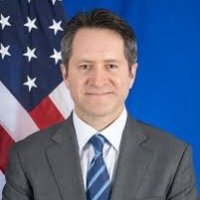

Latin America Program
The Wilson Center’s prestigious Latin America Program provides non-partisan expertise to a broad community of decision makers in the United States and Latin America on critical policy issues facing the Hemisphere. The Program provides insightful and actionable research for policymakers, private sector leaders, journalists, and public intellectuals in the United States and Latin America. To bridge the gap between scholarship and policy action, it fosters new inquiry, sponsors high-level public and private meetings among multiple stakeholders, and explores policy options to improve outcomes for citizens throughout the Americas. Drawing on the Wilson Center’s strength as the nation’s key non-partisan policy forum, the Program serves as a trusted source of analysis and a vital point of contact between the worlds of scholarship and action. Read more


Mexico Institute
The Mexico Institute seeks to improve understanding, communication, and cooperation between Mexico and the United States by promoting original research, encouraging public discussion, and proposing policy options for enhancing the bilateral relationship. A binational Advisory Board, chaired by Luis Téllez and Earl Anthony Wayne, oversees the work of the Mexico Institute. Read more

Explore More in Weekly Asado
Browse Weekly Asado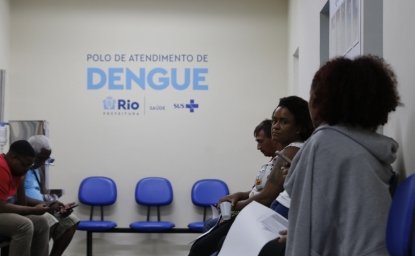
Dengue Haunts South America’s Summers
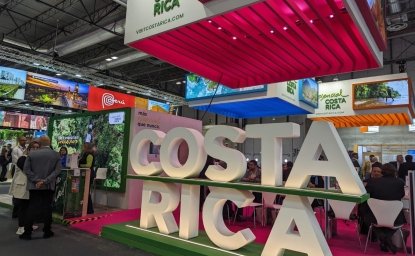
Lessons from Costa Rica’s Economic Transformation

Women and Latin America’s Digital Revolution
